We are at a critical point in history where society as a whole needs to make the choice about sustainable future built on the principles of the circular economy. Continuing with our current economic model and consumption patterns is not only a future threat to social, ecological and economic systems globally, but its’ effects can already be seen around the world today.
Circular economy is the key to fight climate change, rapid loss of biodiversity and growing inequality. Yet doing this will require us to take a look at the roots of our current problems. We will need to draw bridges between global and local scales and to find a common ground between the private, the public and the people.
With strong international co-operation, will and a bit of courage we can build a desirable future together. But first we need to imagine what that future could be.
We can’t predict the future of the circular economy, but we would like to show you how we imagine it.
Natural resources and manufacturing
If we continue with business as usual, we could be heading towards a future in which:
- The economy is still based on fossil fuels and unsustainable extraction of natural resources.
- Products and materials are mainly used once before ending up in landfills. Production processes are optimized to work in only one direction, from extraction to consumption and disposal.
- Once lush forests and fertile lands lay barren and polluted.
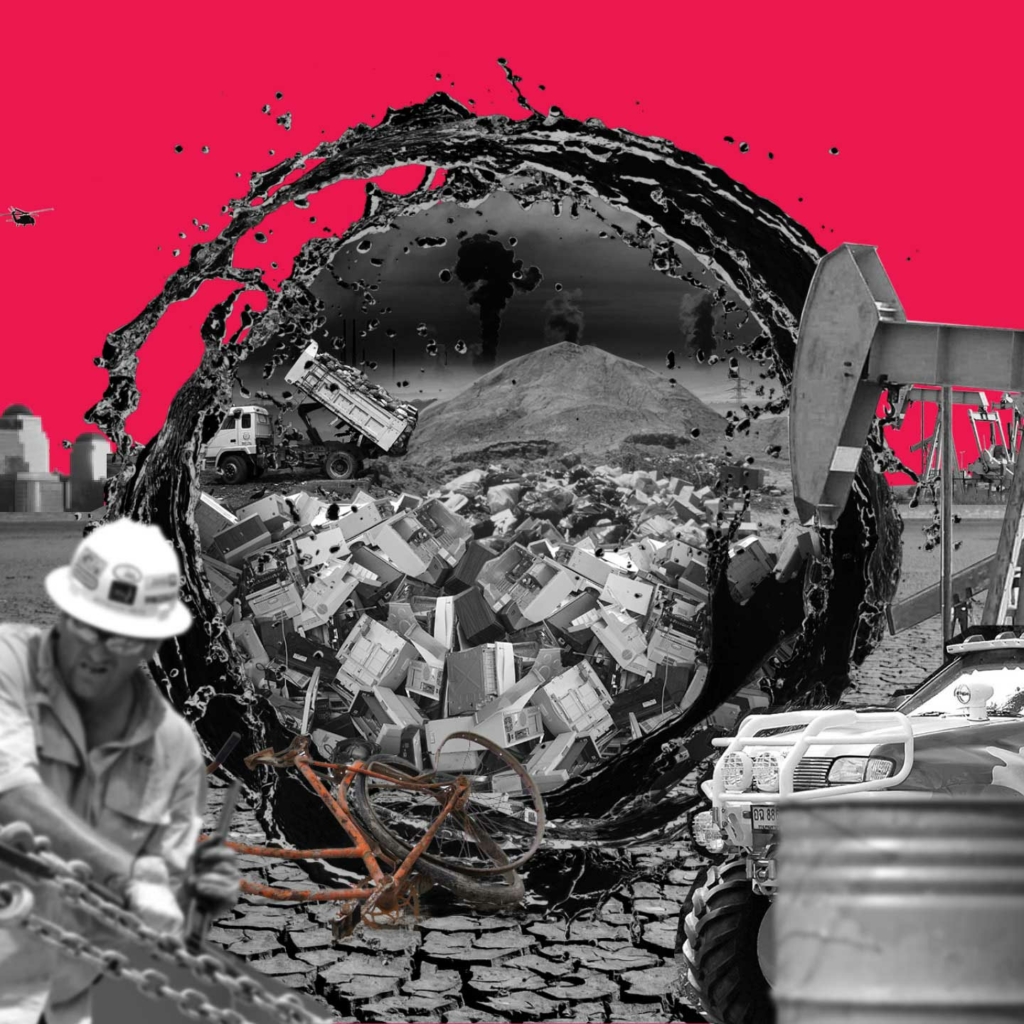
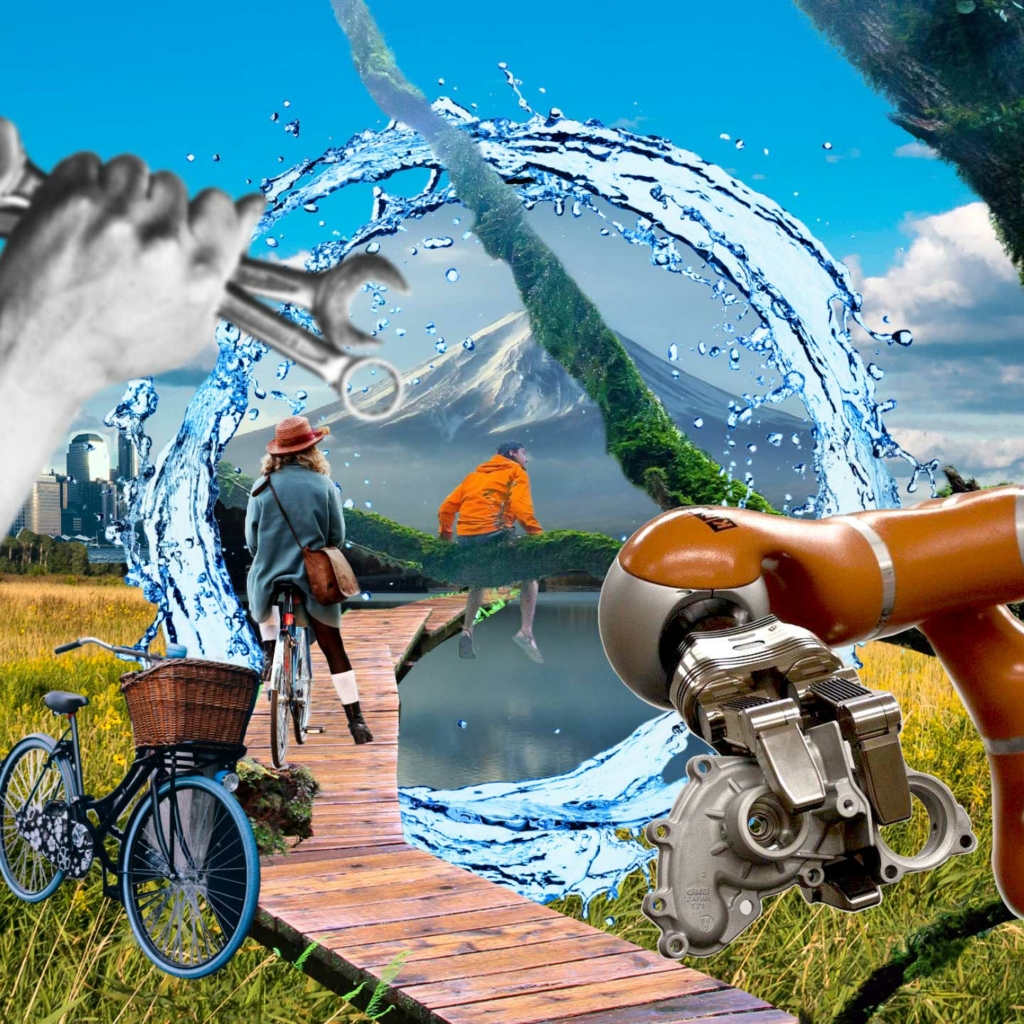
If we turn to circular economy, we could be heading towards a future in which:
- Products are designed with care, longevity and their next lifecycle in mind. Used products gain value by 3R approaches, upcycling, upgrades and repairs.
- Industries such as manufacturing and agriculture work in closed loops and no longer produce unnecessary by-products. Global value-chains have gone through the 4th Industrial Revolution and are optimized with digital technologies and automation. Waste as we know it, is a thing of the past. It is recognized as raw material and energy.
- We have recognized the limited amount of virgin natural resources and the economy has been adapted to ecological planetary boundaries. Investments are directed into sustainable businesses.
Transportation & services
If we continue with business as usual, we could be heading towards a future in which:
- Vehicles keep roads congested as they mostly carry one person. Traffic emissions from gas-guzzlers make breathing in urban centres difficult.
- Autonomous electric vehicles remain luxury products and majority of people can’t afford them.
- Public transport is expensive and old transport networks are decaying.
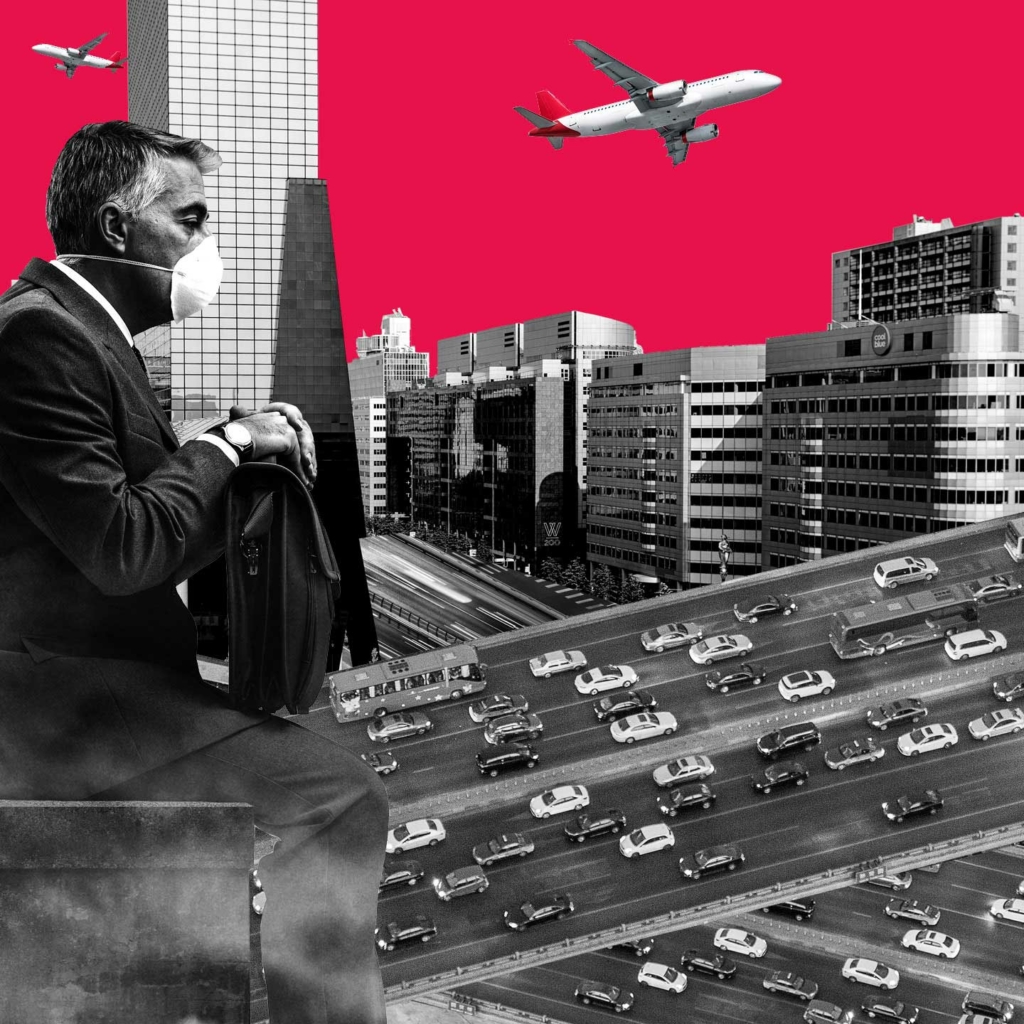
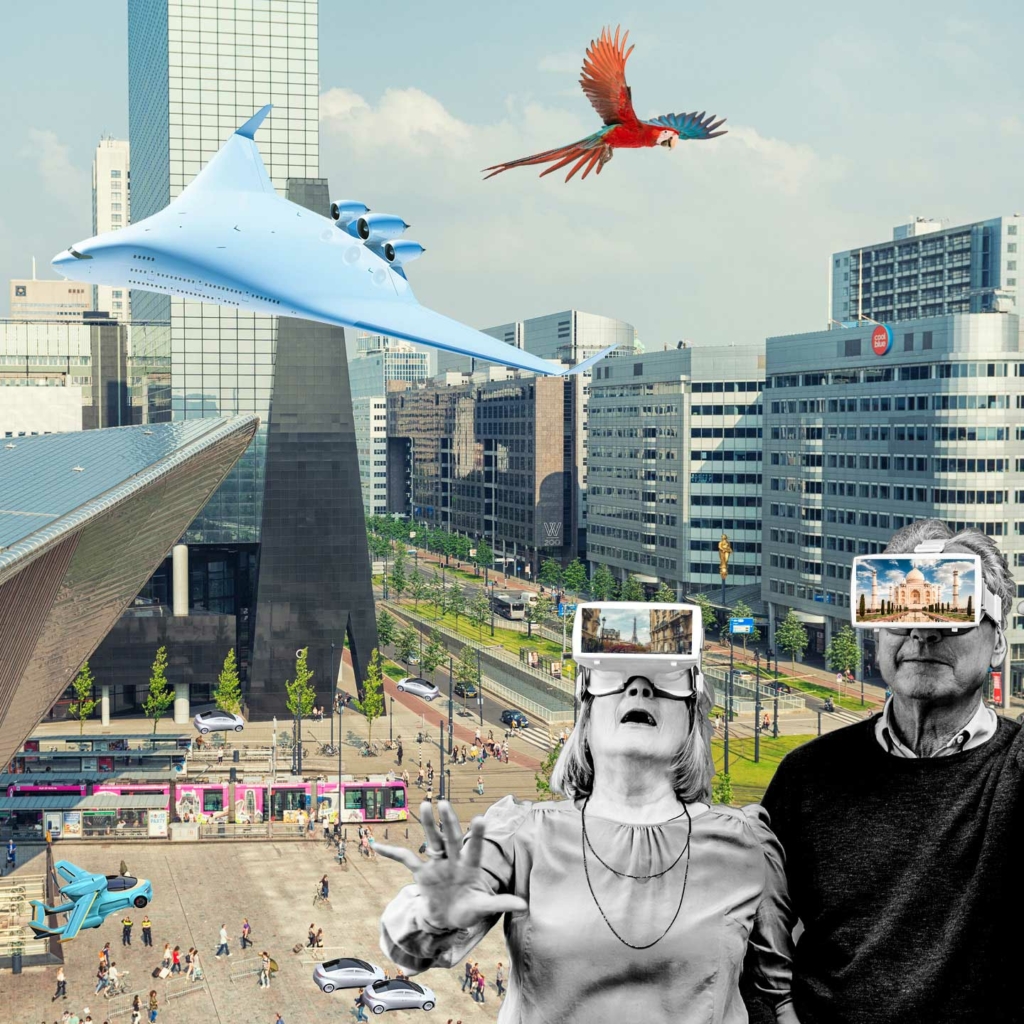
If we turn to circular economy, we could be heading towards a future in which:
- On-demand services with non-polluting innovative vehicles provide easy-access and high-quality transportation and a more convenient life.
- Highspeed connectivity and seamless digital communication enable us to effectively utilize various services without having to own assets.
- New materials and biochemicals enable production of resource-efficient vehicles, fuels and transportation infrastructure.
Food & living
If we continue with business as usual, we could be heading towards a future in which:
- The burning of fossil fuels to provide energy for living continues to accelerate global warming making ever larger areas of the planet inhabitable.
- The attempt to increase the production of food to meet the demands of the global population combined with uneven weather cycles has led to severe soil erosion and diminishing crop returns. Poorer nations see mass famine unlike ever before.
- Construction wastes natural resources and areas are not designed for reuse, rather they are built from the most inexpensive yet carbon intensive-materials.
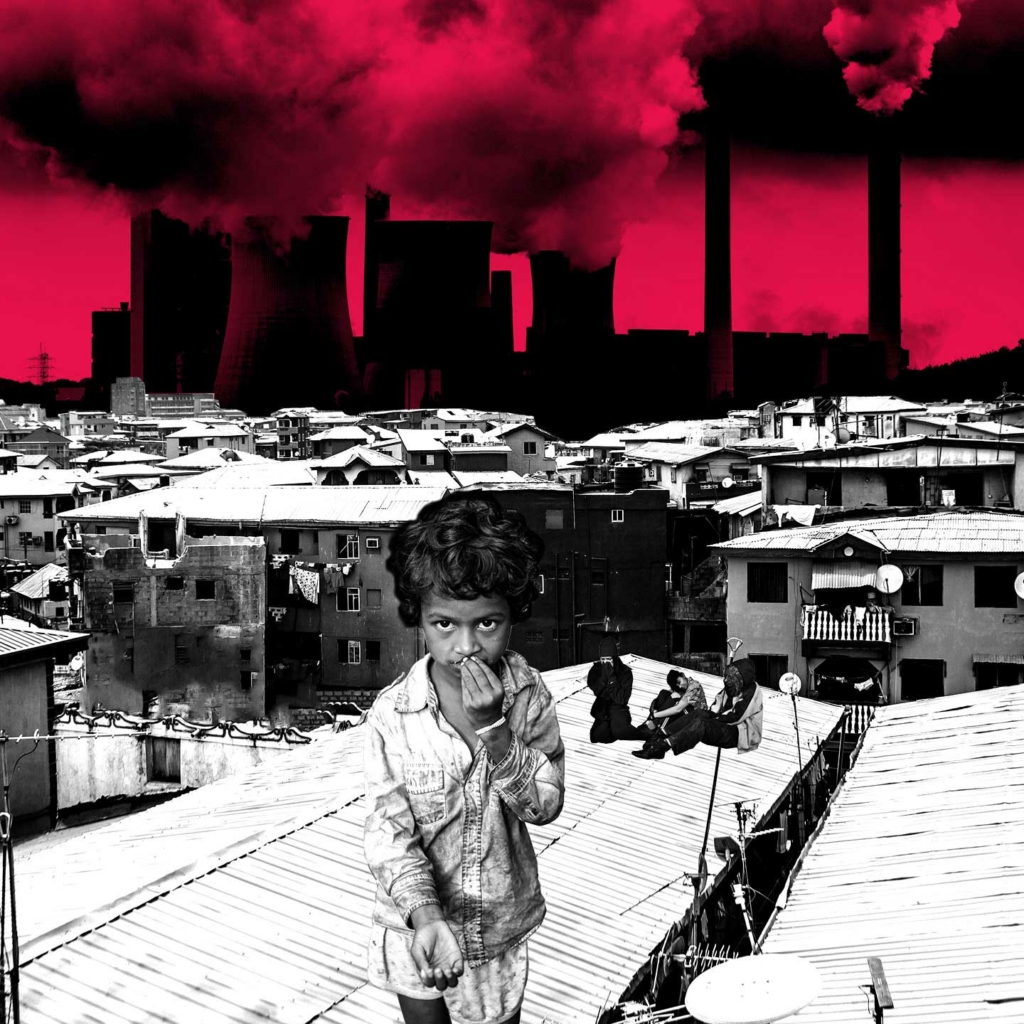
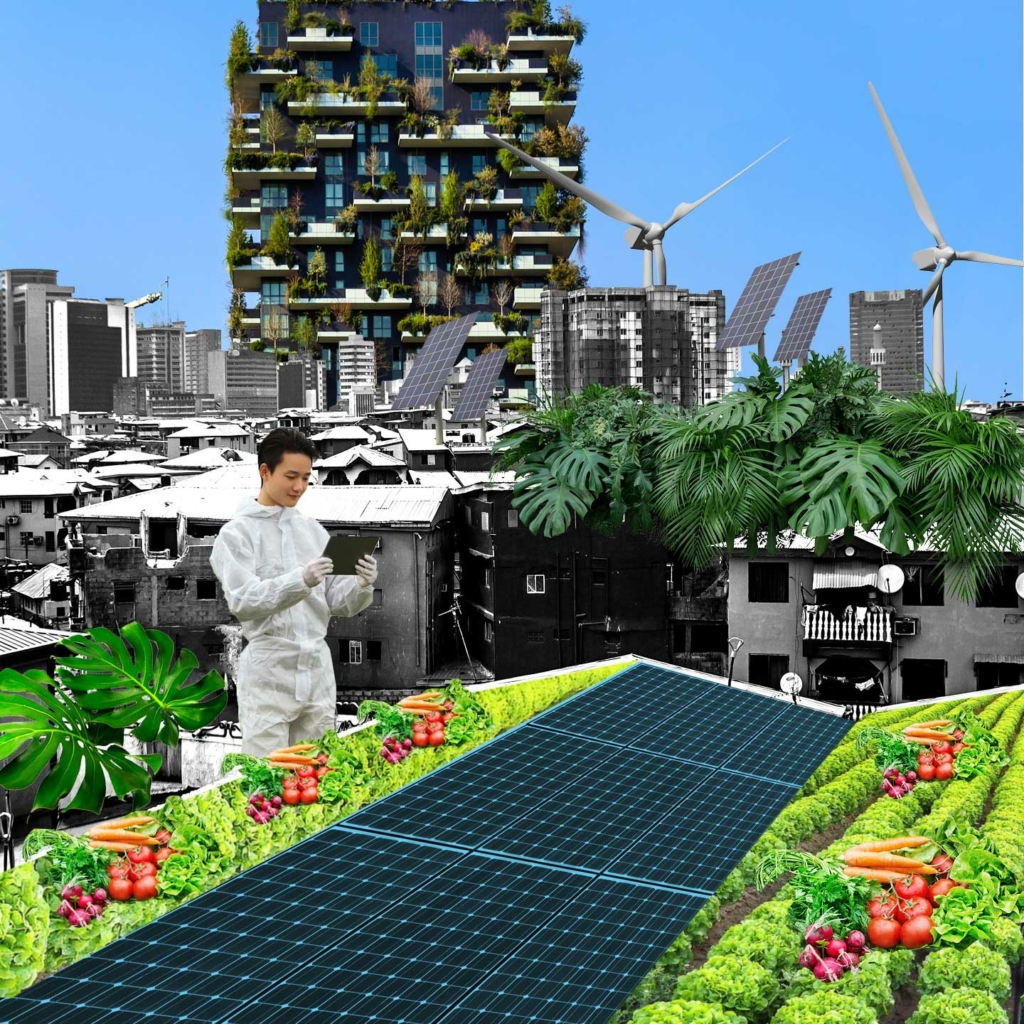
If we turn to circular economy, we could be heading towards a future in which:
- People live in areas which produce, conserve and consume their own renewable energy. Communal living isn’t just a trend, but the new normal way of life.
- There is local and plentiful food for all with efficient urban and rural biocycles and innovative production methods. Soils are kept fertile naturally.
- Regionally abundant, renewable materials are used for modular construction alongside reusable concrete, aluminum and steel produced in low-carbon closed loops.
Plastics
If we continue with business as usual, we could be heading towards a future in which:
- The growth of plastics demand is met by an increased use of non-renewable fossil resources.
- Plastics based products such as containers and packaging continue to be designed for single-use without the consideration of what happens to them afterwards.
- Our oceans have become full of plastics and free of life. Landfills continue to grow with piles of garbage spoiling land areas
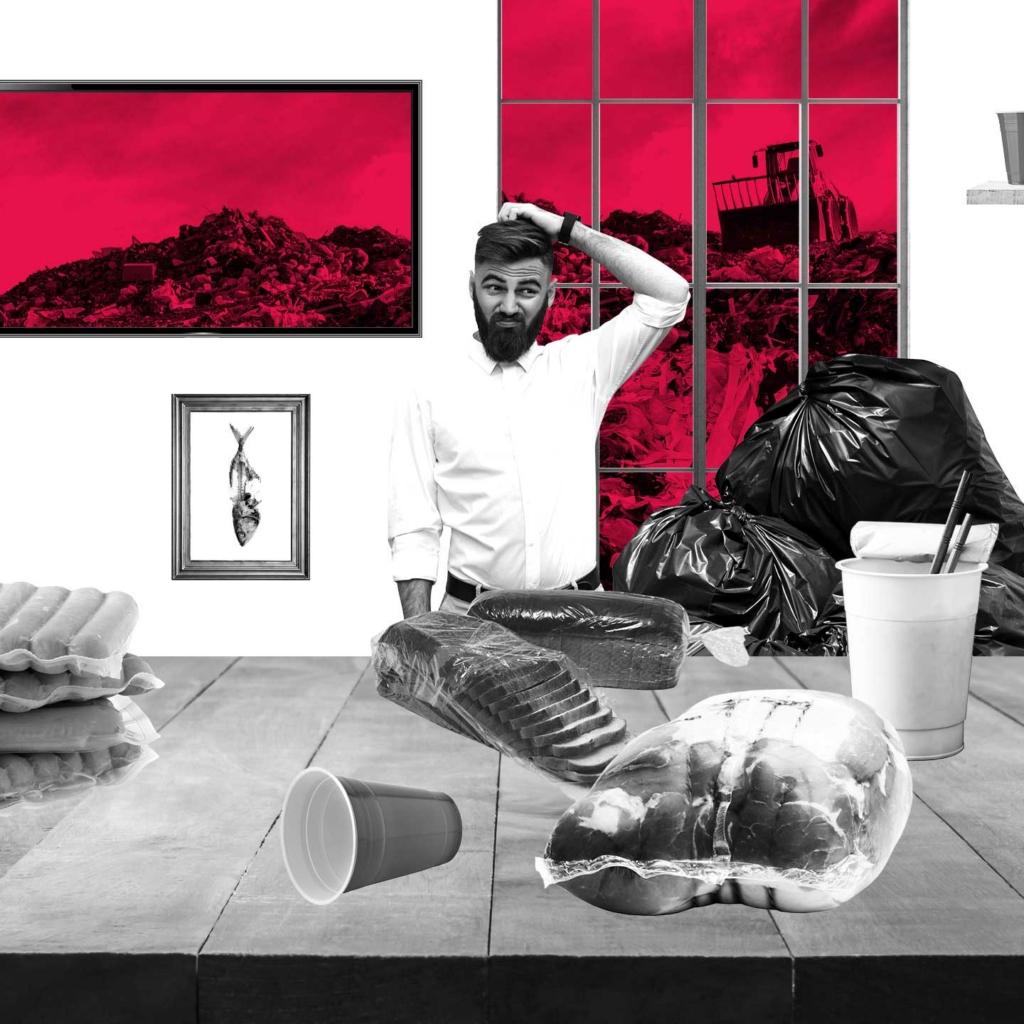
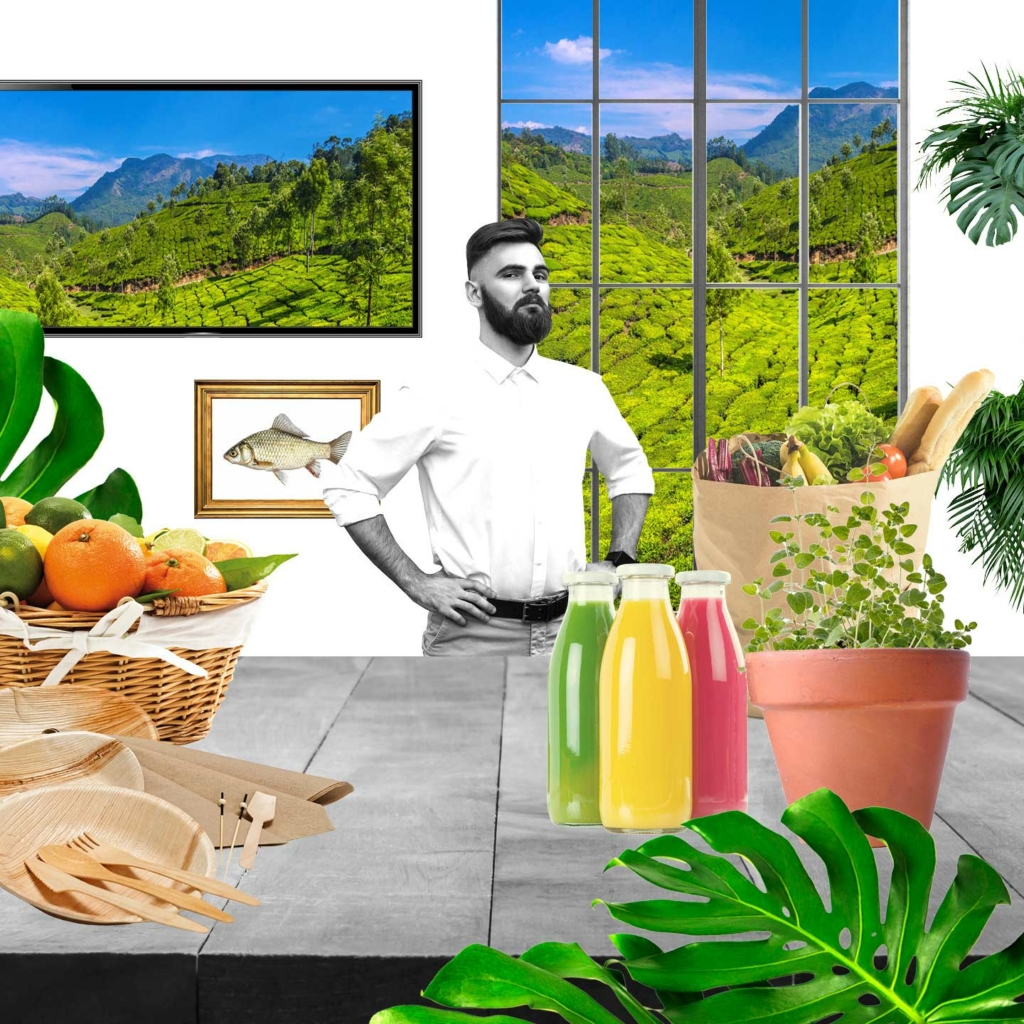
If we turn to circular economy, we could be heading towards a future in which:
- There is wider acceptance of reuse as a major consumption behavior. Plastics are upcycled at the end of their life and production is based on recycled raw materials instead of virgin fossil resources.
- We have shifted to the use of sustainable alternatives to plastics such as bio-based materials.
- Our oceans and land areas are naturally clean environments free of plastics waste.
Capabilities
If we continue with business as usual, we could be heading towards a future in which:
- We face broad unemployment and lost human capital due to redundant skills and knowledge.
- Education is mainly a privilege of the wealthy and produces mostly disciplines that have limited capabilities to challenge existing structures of value creation.
- The poor and uneducated are considered unproductive for society and face ever increasing discrimination by the wealthy and educated.
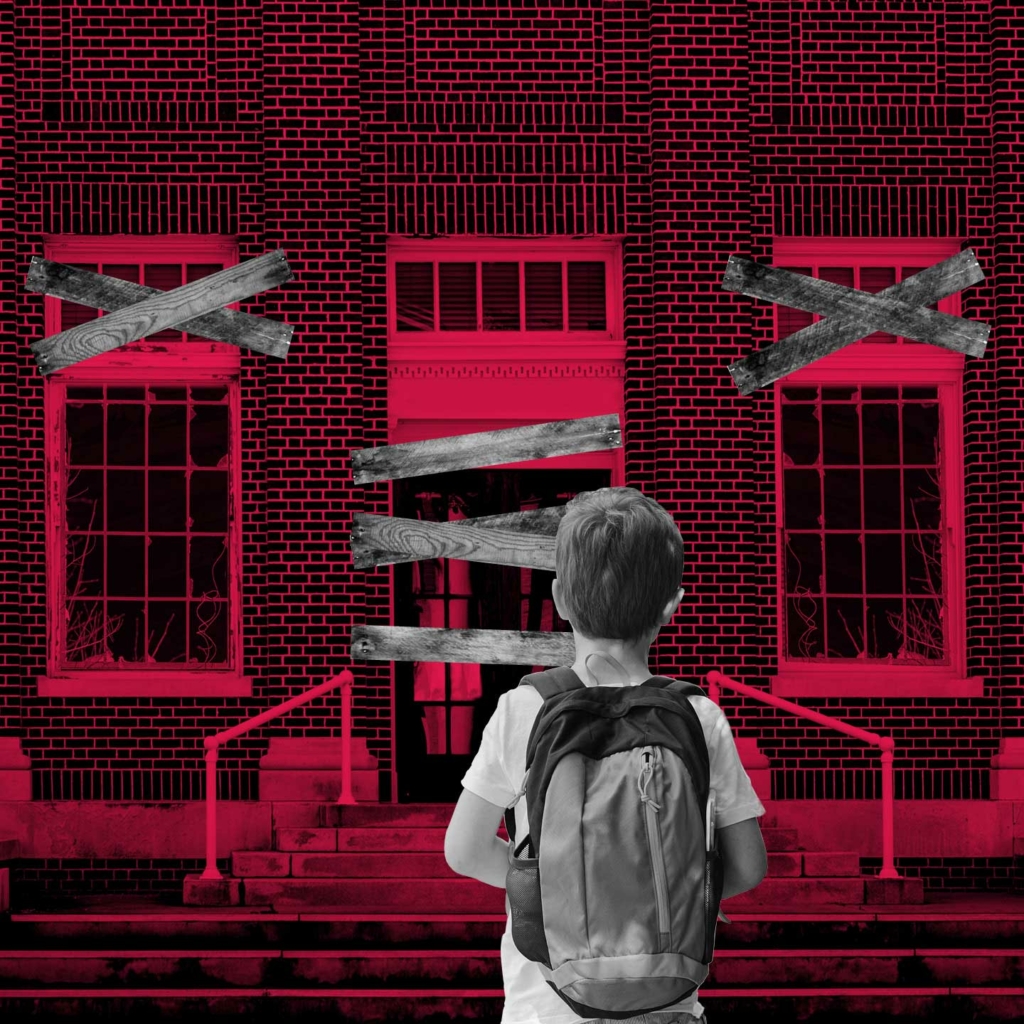
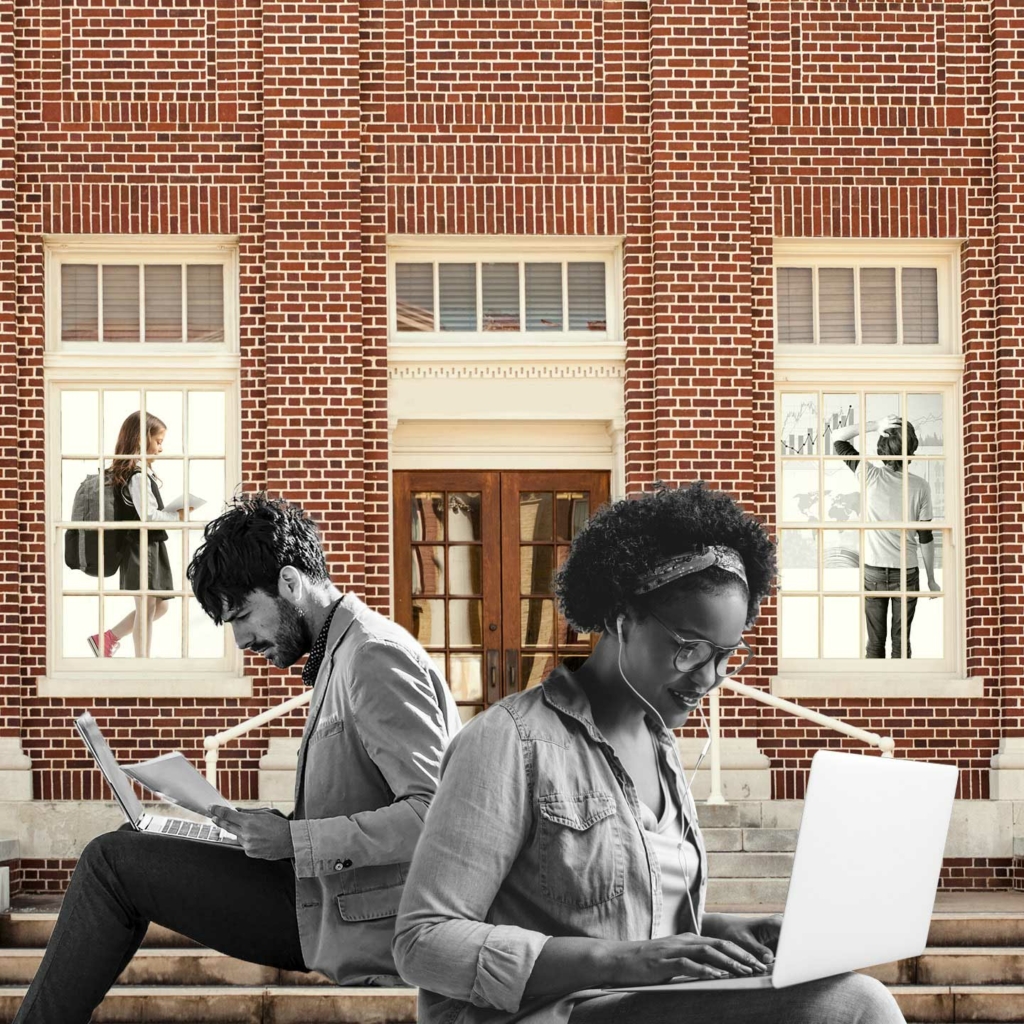
If we turn to circular economy, we could be heading towards a future in which:
- Education is understood as a life-long journey of learning and re-education. Societies fully recognize the value of human skills and capabilities. A circular economy creates jobs with a deeper purpose than just personal income.
- Schools and other educational institutions are focused on creating and amplifying a diverse range of knowledge and sense of value such as the “Mottainai” mind for all people in all professions.
- Peer-to-peer and cross-disciplinary learning methods have become common, recognized and supported by public and private sectors. Stronger financing and support for innovation and R&D are essential approaches to develop societal capacity.
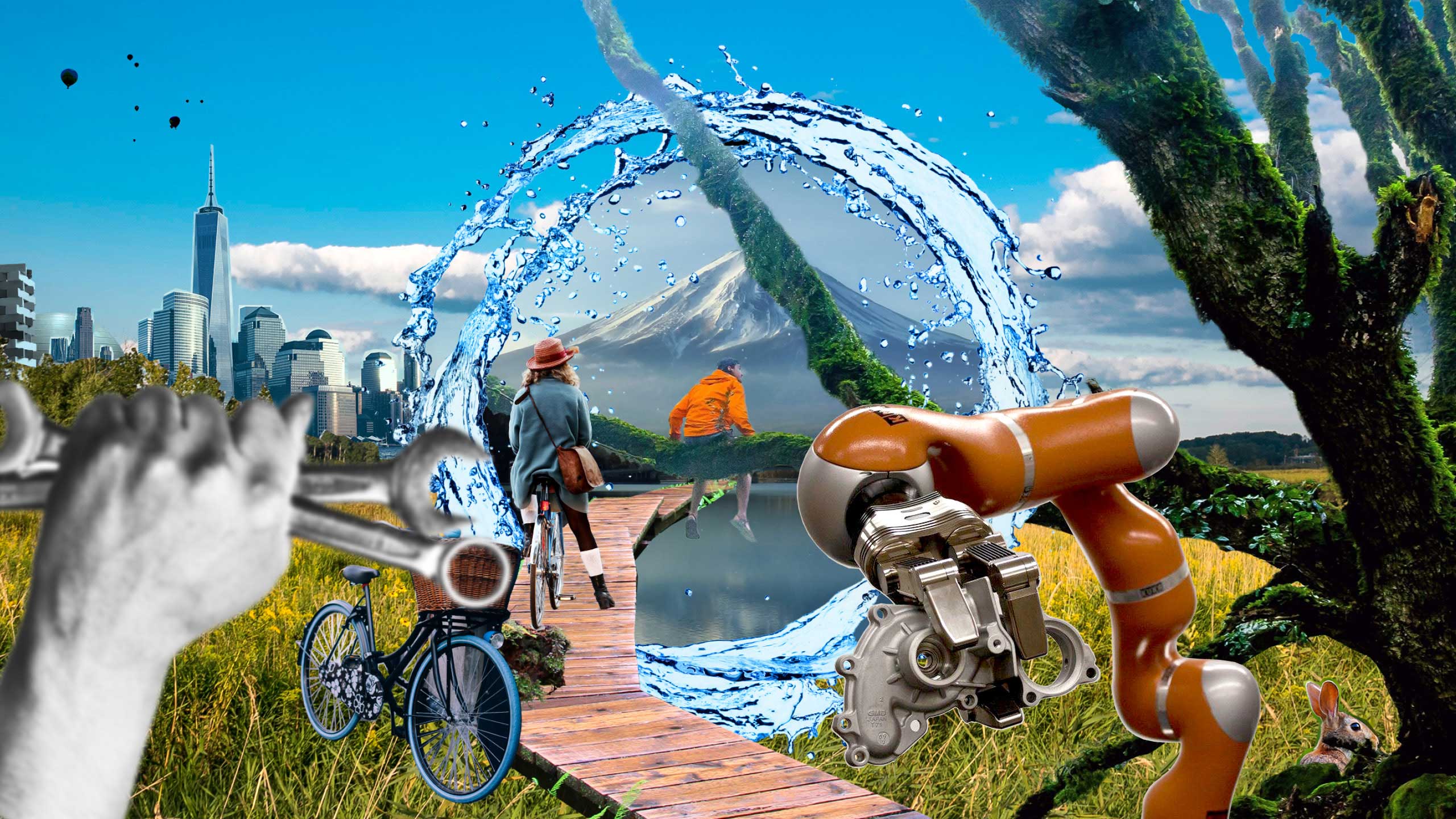

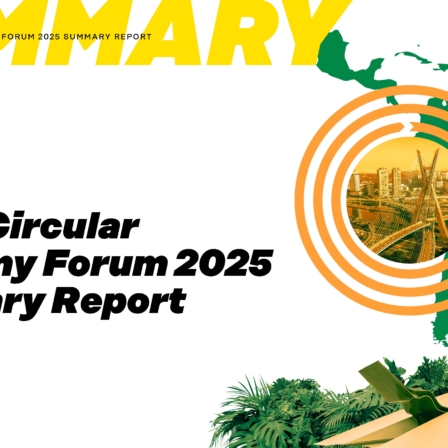
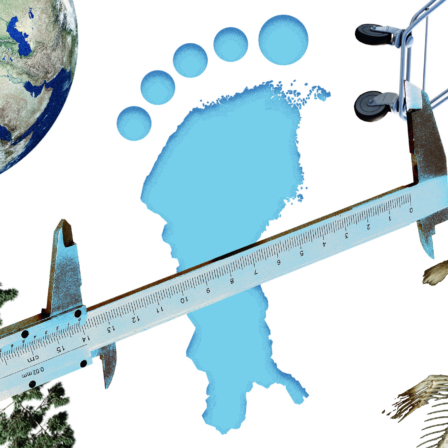


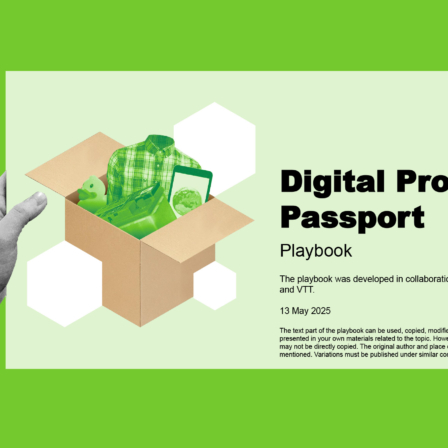
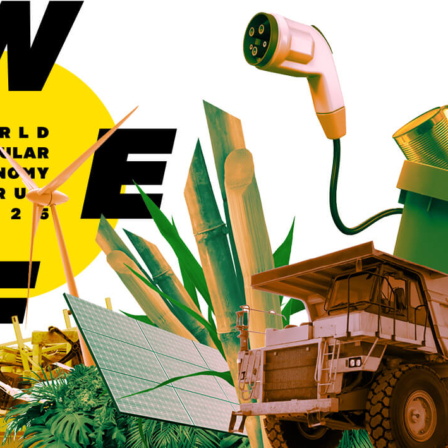









Recommended
Have some more.